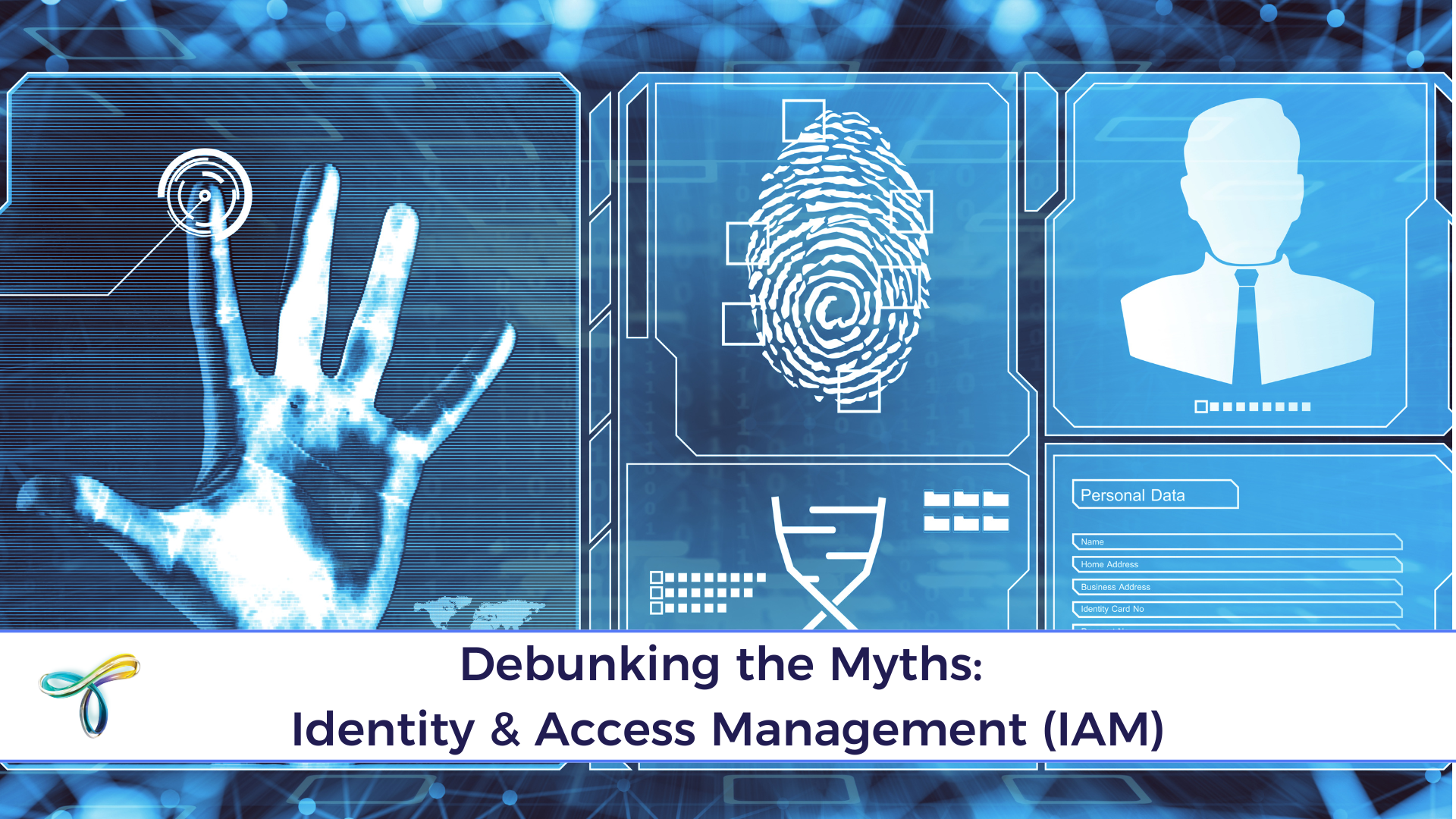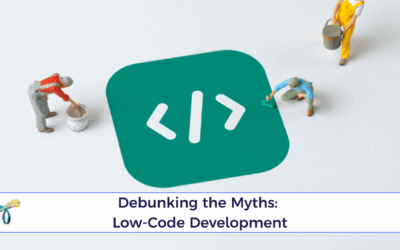Seeing Is Believing, But Not Always Understanding
Computer Vision is everywhere, from facial recognition and medical diagnostics to factory automation and retail analytics. But as adoption spreads, so do the misconceptions.
Whether it’s confusion about how it works, who it’s for, or what it can actually do, these myths often stall progress, inflate expectations, or keep companies from investing in a game-changing technology.
Let’s set the record straight.
Myth 1: Computer Vision = Surveillance
The Reality:
Yes, computer vision can be used in security applications, but it’s so much more than surveillance.
Think quality control in manufacturing, self-checkout systems in retail, digital pathology in healthcare, or real-time sports analytics. It’s about understanding and acting on visual data, not just watching it.
👉 According to a study, computer vision is one of the top AI technologies generating the most value across industries, especially in operational efficiency and customer experience.
Myth 2: You Need a Giant Dataset to Get Started
The Reality:
While large datasets help, modern computer vision solutions can work with far less thanks to:
- Pre-trained models from open libraries
- Transfer learning that fine-tunes existing models to your needs
- Synthetic data that can be generated for edge cases
Platforms like Google’s AutoML and Microsoft Azure’s Custom Vision have made it accessible even for teams without in-house AI experts.
Myth 3: Computer Vision Is Only for Big Tech
The Reality:
Small and medium-sized businesses can benefit massively from CV, especially in fields like:
- Inventory tracking
- Workplace safety
- Product defect detection
- Remote equipment monitoring
Thanks to plug-and-play APIs, edge computing, and cloud-based tools, you don’t need massive infrastructure to see real ROI.
👉 A 2023 report shows that over 38% of small-to-mid-sized manufacturers are planning to adopt computer vision within the next 12 months.
Myth 4: Computer Vision Is Too Expensive to Scale
The Reality:
It used to be. But now?
- Camera hardware is cheaper than ever
- Cloud-based AI models reduce the need for in-house compute power
- Pay-as-you-go pricing models mean you can scale when you’re ready
In fact, not adopting CV in critical processes like QC or monitoring can cost more in human error and inefficiency than implementing the tech itself.
Myth 5: It’s Not Accurate Enough for Real-World Use
The Reality:
Accuracy depends on the use case, and it’s improving fast. Today’s models can outperform humans in tasks like:
- Identifying tumours in radiology scans
- Detecting micro-defects in manufacturing
- Reading vehicle plates at high speed
Studies have been published showing accuracy rates surpassing 95% in specific applications.
The key is to tailor models to the job and retrain as environments evolve.
Myth 6: Computer Vision Works Like Human Vision
The Reality:
It doesn’t “see” like us; it analyzes patterns, shapes, and pixel-level data. It doesn’t understand intent, emotion, or ambiguity unless it’s specifically trained to do so.
That’s both its power and its limitation.
Computer Vision excels in:
- Detecting what’s objectively there
- Spotting tiny differences or anomalies
- Processing huge volumes of visual data at speed
But it still needs human oversight and ethical guardrails, especially when decisions impact people directly.
Final Thoughts: Smarter Sight Starts With Clearer Understanding
Computer Vision isn’t magic; it’s math. And it’s evolving every day.
When we demystify what it is (and isn’t), we empower more teams to use it ethically, creatively, and effectively.
At DigiTaiken, we help businesses move from myth to momentum, whether you’re just exploring CV or ready to deploy enterprise-scale solutions.
Let’s build something that sees—and understands—the future.
📩 Ready to explore how computer vision can help your business?
We co-create ethical, human-centric CV solutions tailored to your industry.
From rapid prototyping to real-time deployment, we’re here to help you see what’s possible.





